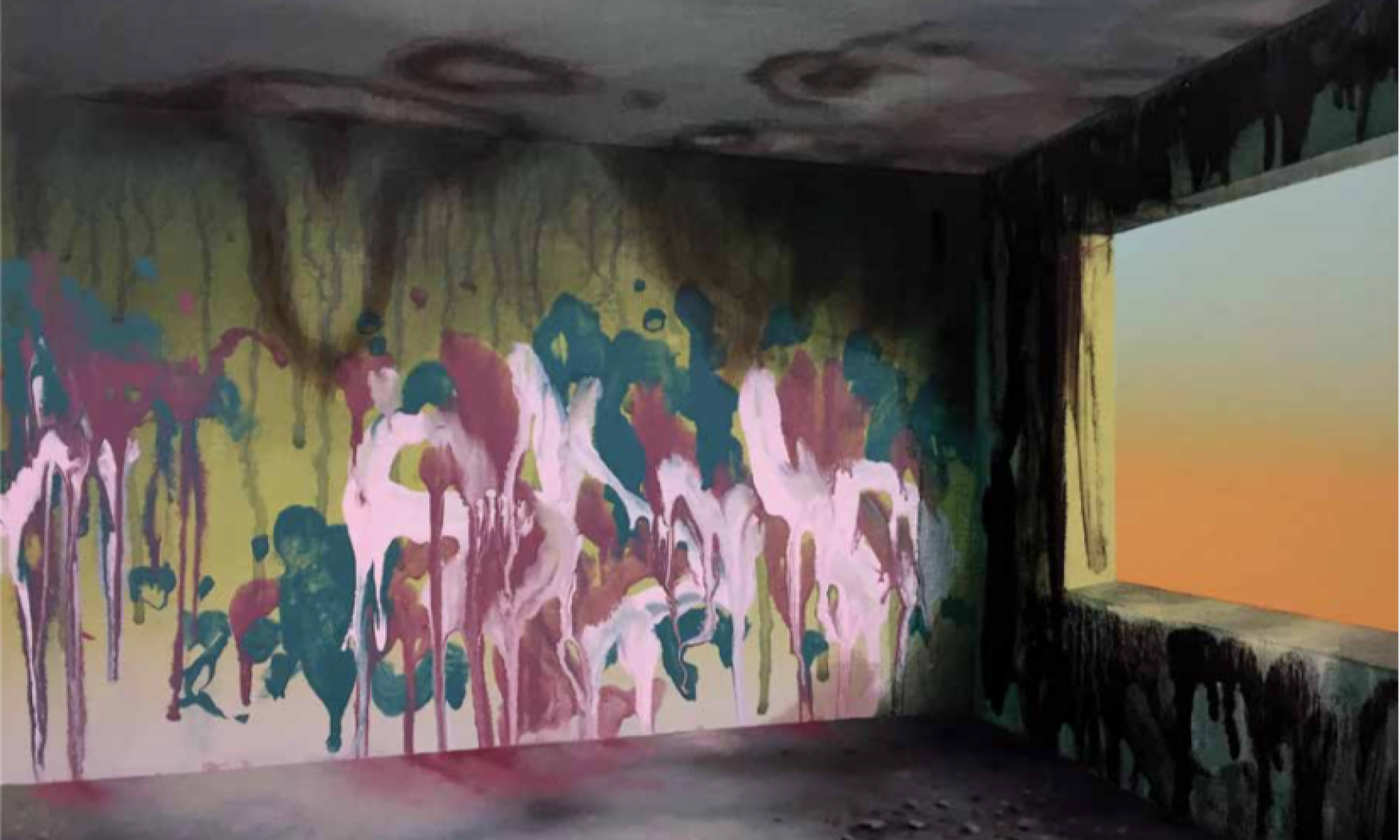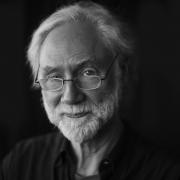The Post-contemporary Distraction
At first glance, the term ‘post-contemporary’ seems to suggest a relatively neutral marker of future possibility, a proforma acknowledgement that things are inevitably going to change beyond the current situation, in which its contemporaneity is evidently and at once its most obvious aspect and its deepest structure. Since the 1990s, the term post-contemporary has appeared occasionally, sporadically, in a minor key, and with little effect. Yet that might be changing, as attempts are now being made to theorise it, and they make broad claims for its purchase. How do they stand relative to the ideas about contemporary art and contemporaneity that many of us have been exploring for some years now?
To date, the most sustained attempt to theorise the concept of post-contemporary is that of speculative realist theorists Armen Avanessian and Suhail Malik. In a discussion introducing a special issue of the online journal Dis in 2016—produced in association with the 9th Berlin Biennale, The Present in Drag, curated by the magazine’s editors—they characterise the post-contemporary as a ‘time-complex’:
Time is changing. Human agency and experience lose their primacy in the complexity
and scale of social organization today. The leading actors are instead complex
systems, infrastructures and networks in which the future replaces the present as
the structuring condition of time. As the political Left and Right struggle to deal
with this new situation, we are increasingly wholly pre-empted and post-everything.[1]
They gloss these propositions with comments and examples such as the following. The growing preponderance of the future over the present is evident in the perverse logic of pre-emptive strike, preventive policing and health provision, futures markets (especially derivatives) and in the algorithms used by Google and Amazon that predict our moods, needs and desires, and load our communications with information and products about how to satisfy them, thus shaping a ‘pre-emptive personality’. Perhaps they should have used the ‘pre-contemporary’ as their key term.
[1] Armen Avanessian and Suhail Malik, ‘The Time Complex: Postcontemporary’, Dis, dismagazine.com/discussion/81924/the-time-complex-postcontemporary. The discussion is also available in their edited volume Der Zeitcomplex: Postcontemporary, Merve Verlag, Berlin, 2016. A wider consideration of ‘the post- contemporary’ may be found in Terry Smith, Art to Come: Histories of Contemporary Art, Duke University Press, Durham, NC, 2019.
Image: Darren Wardle Leipzig Interior, 2017 Oil and acrylic on canvas, 40x50cm, Courtesy of the artist and THIS IS NO FANTASY dianne tanzer + nicola stein, Melbourne
This is a preview of 'The Post-contemporary Distraction'. The full article can be found in Art + Australia Issue Five.


